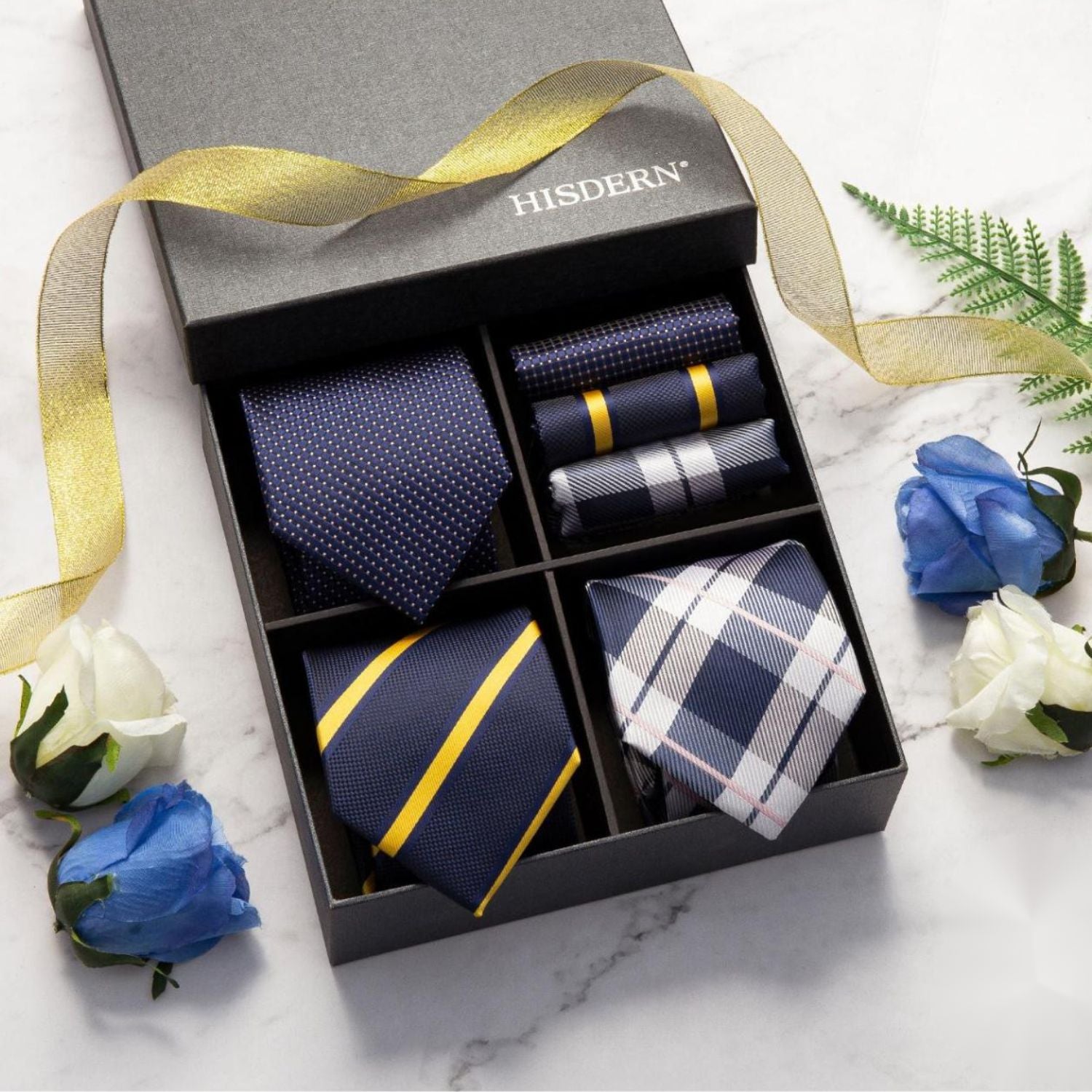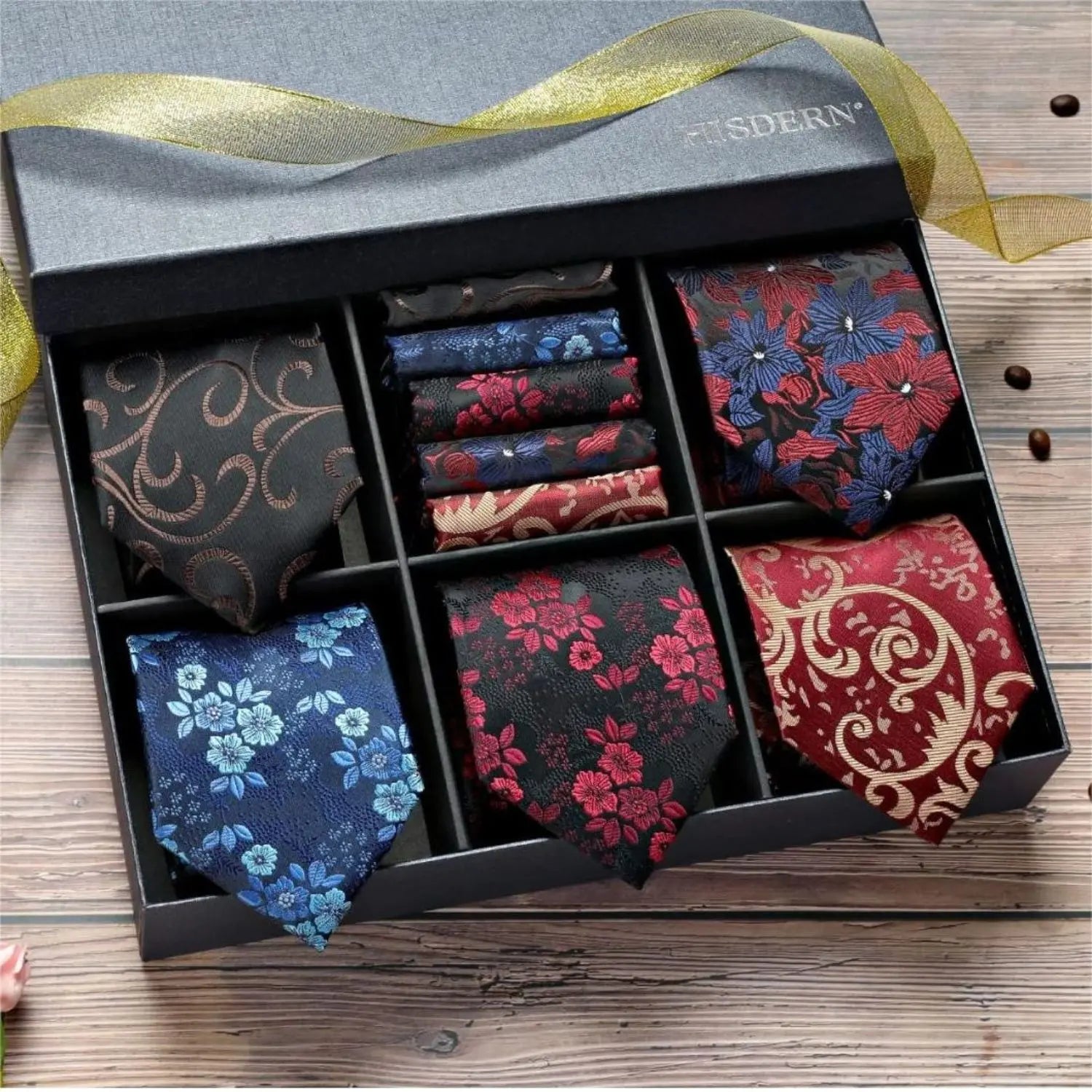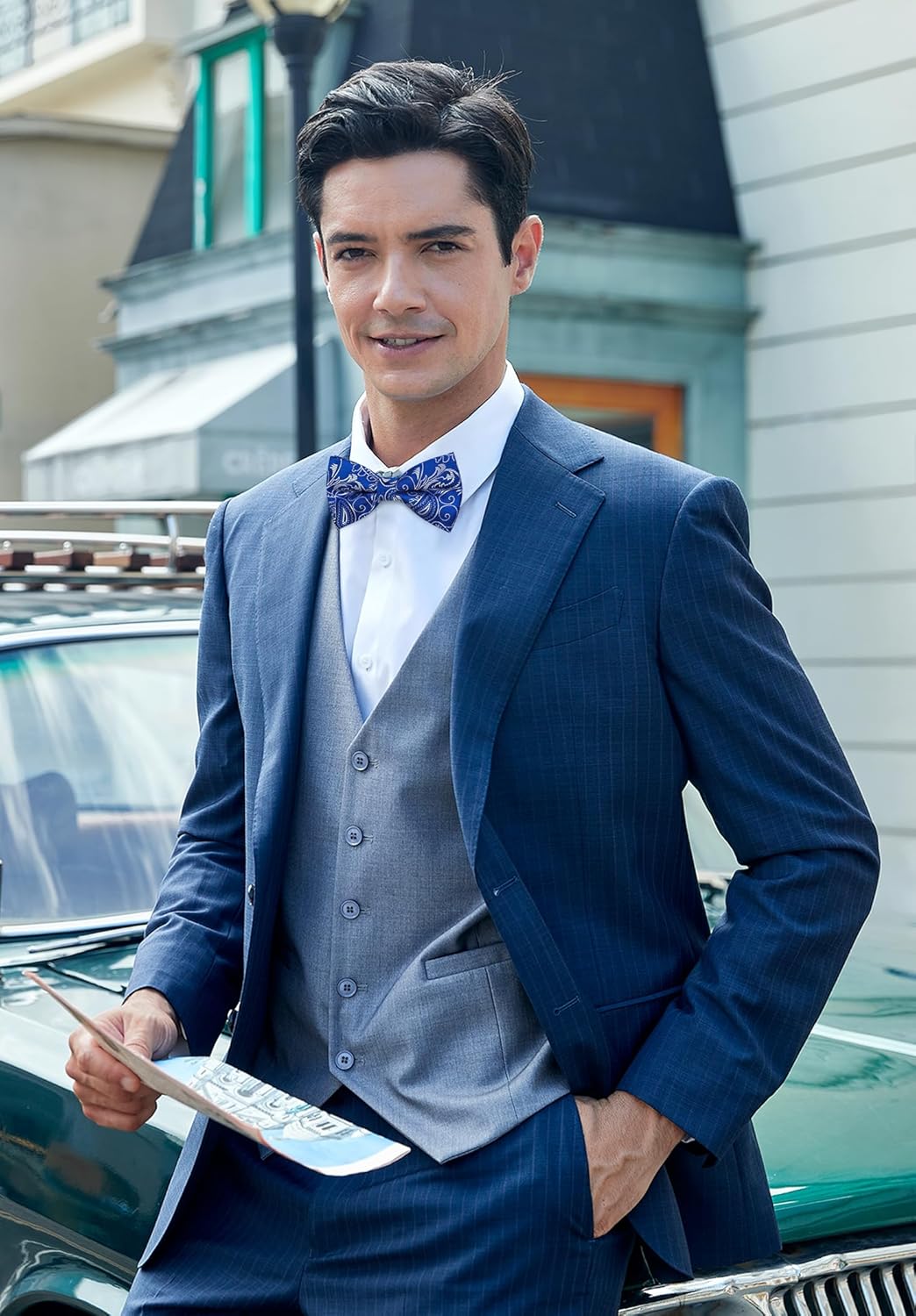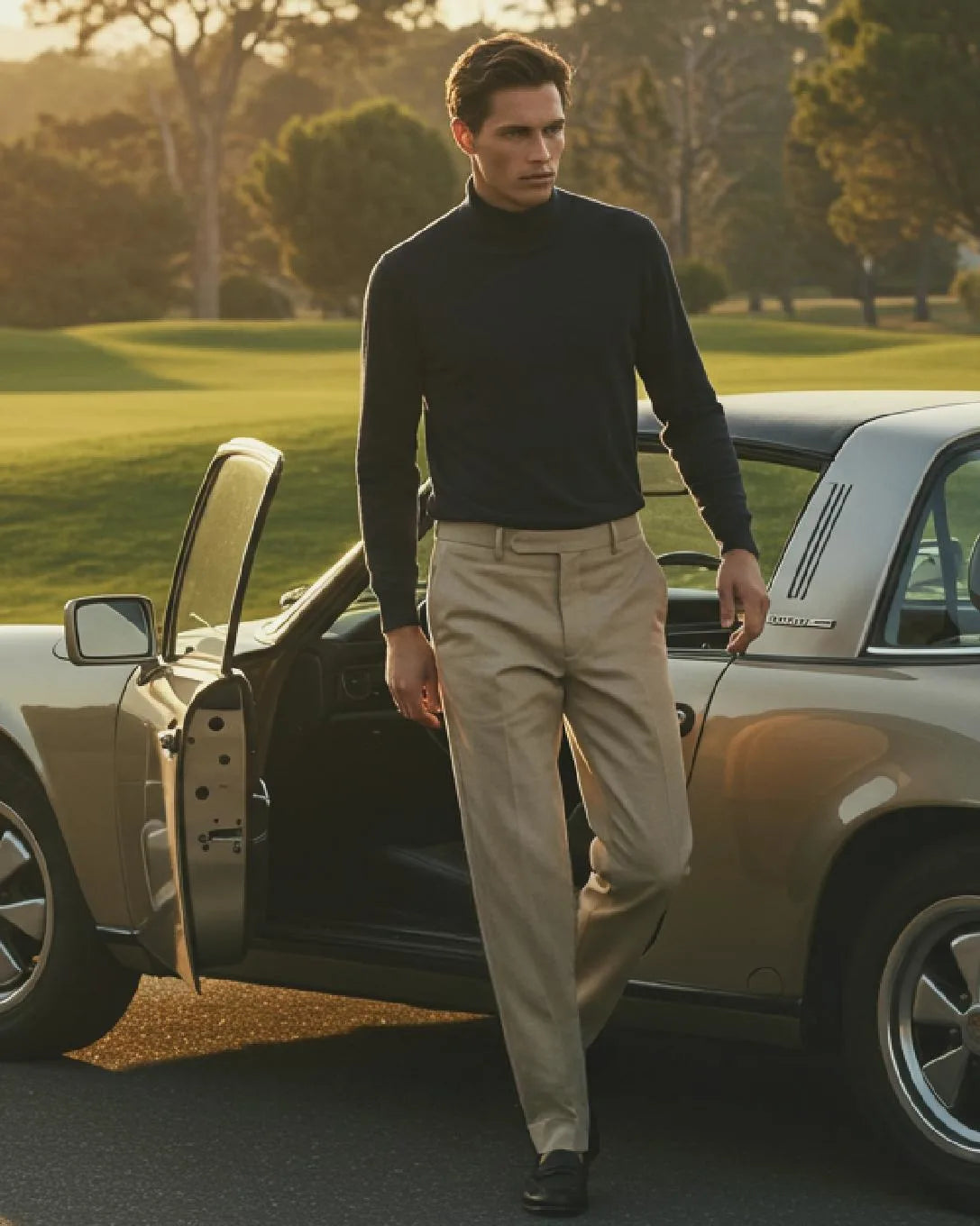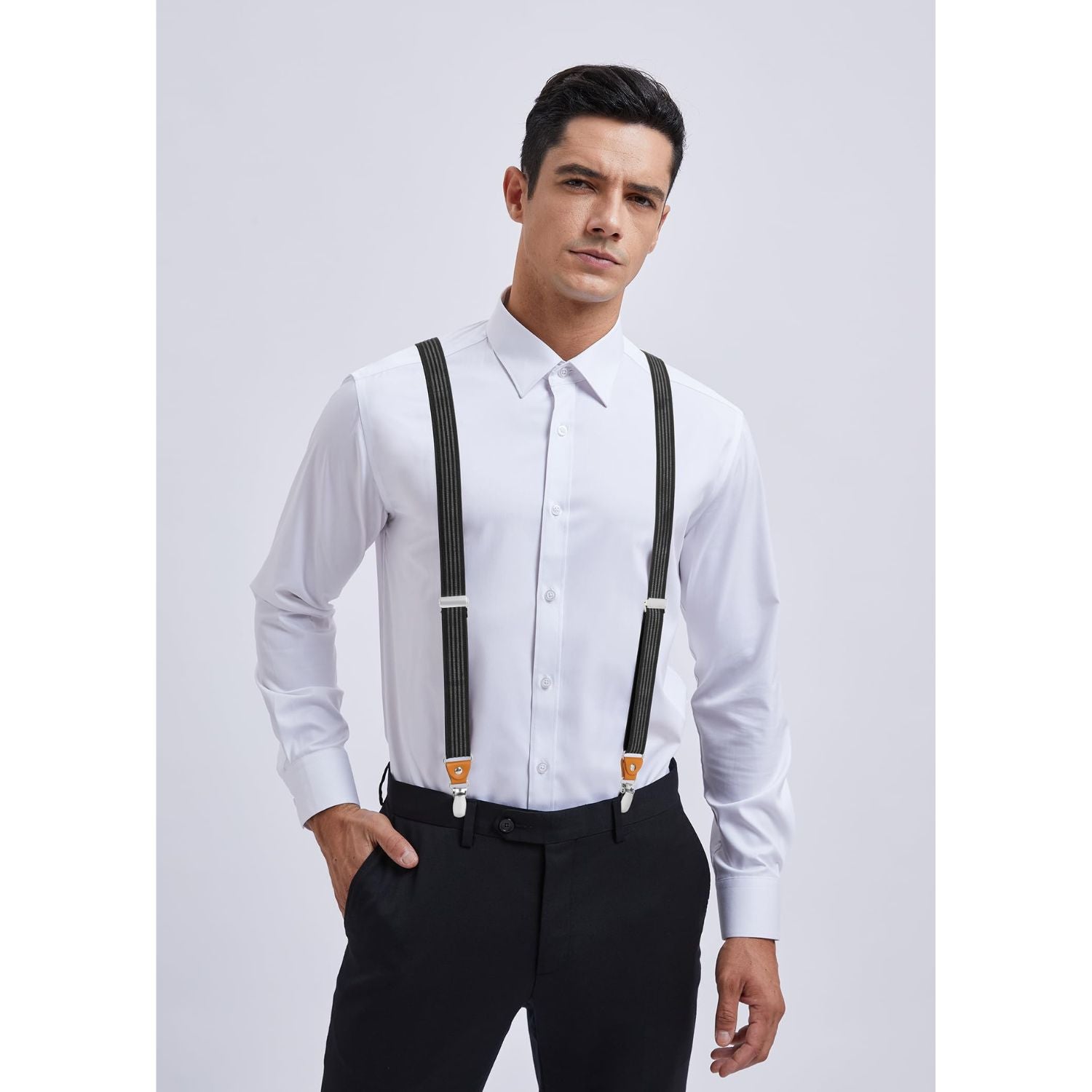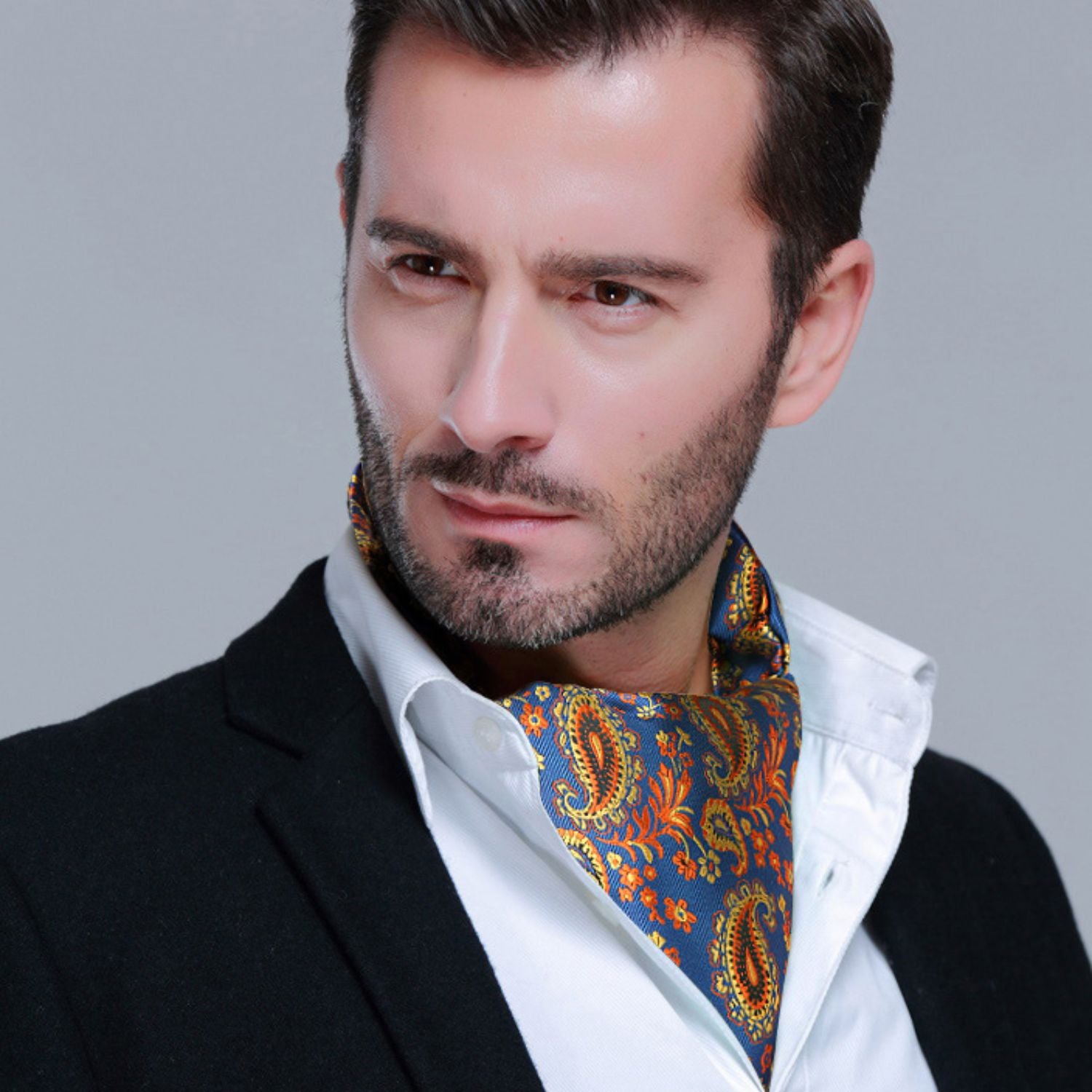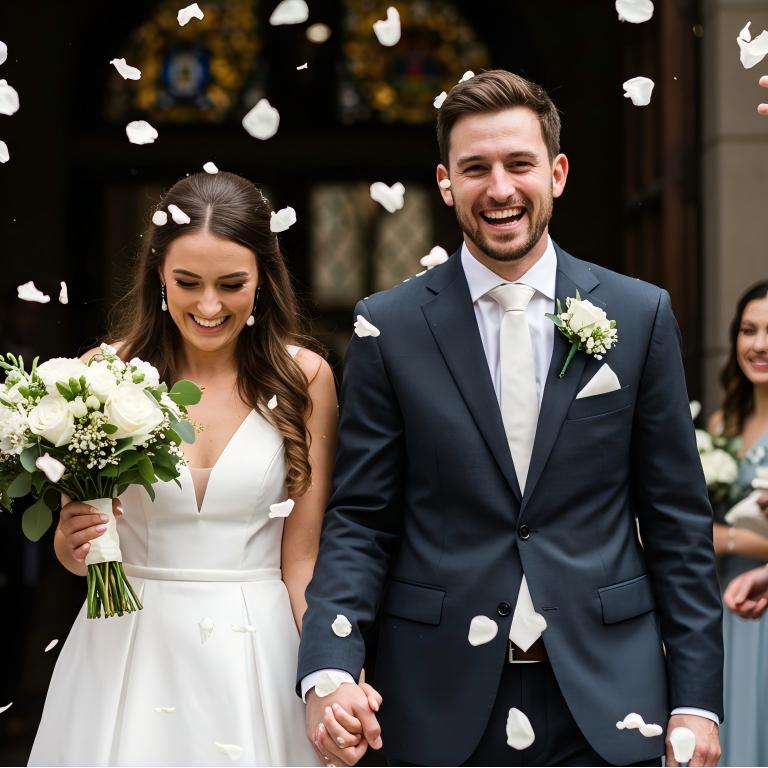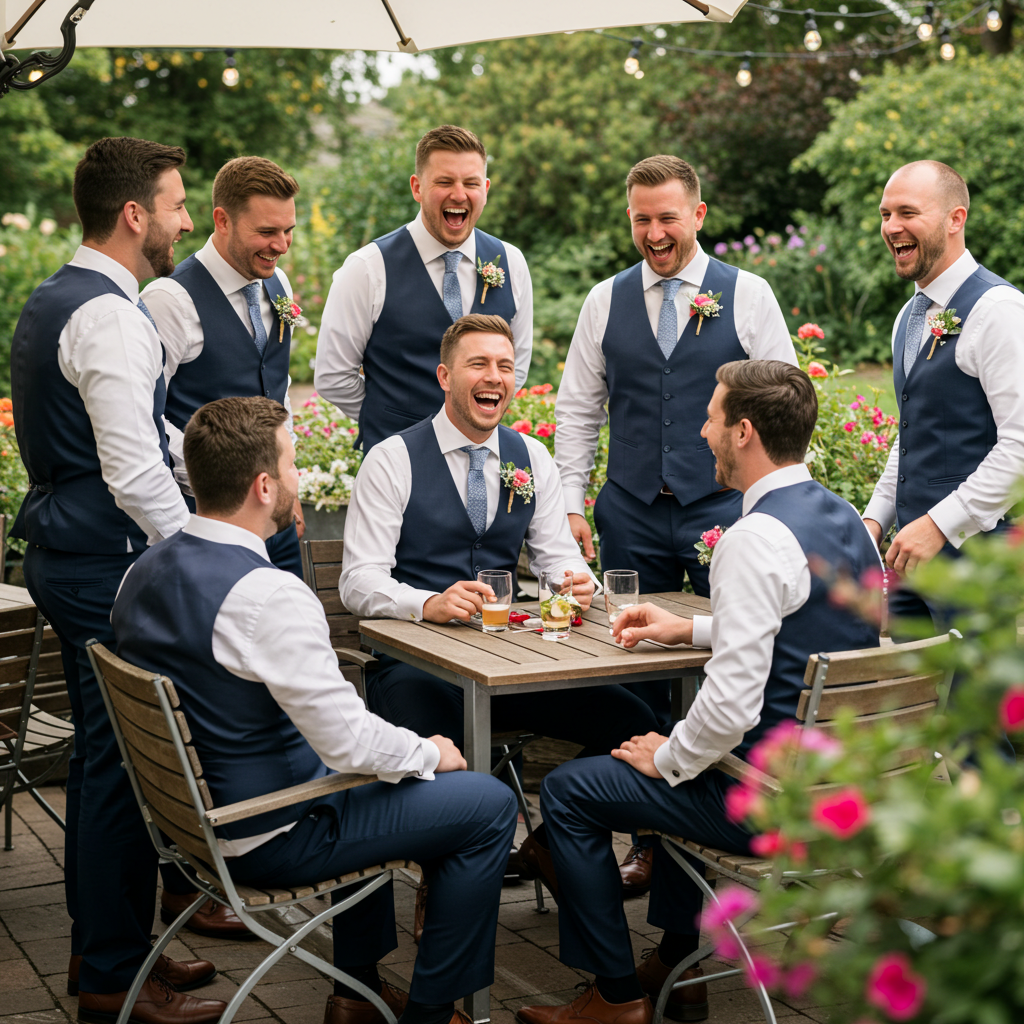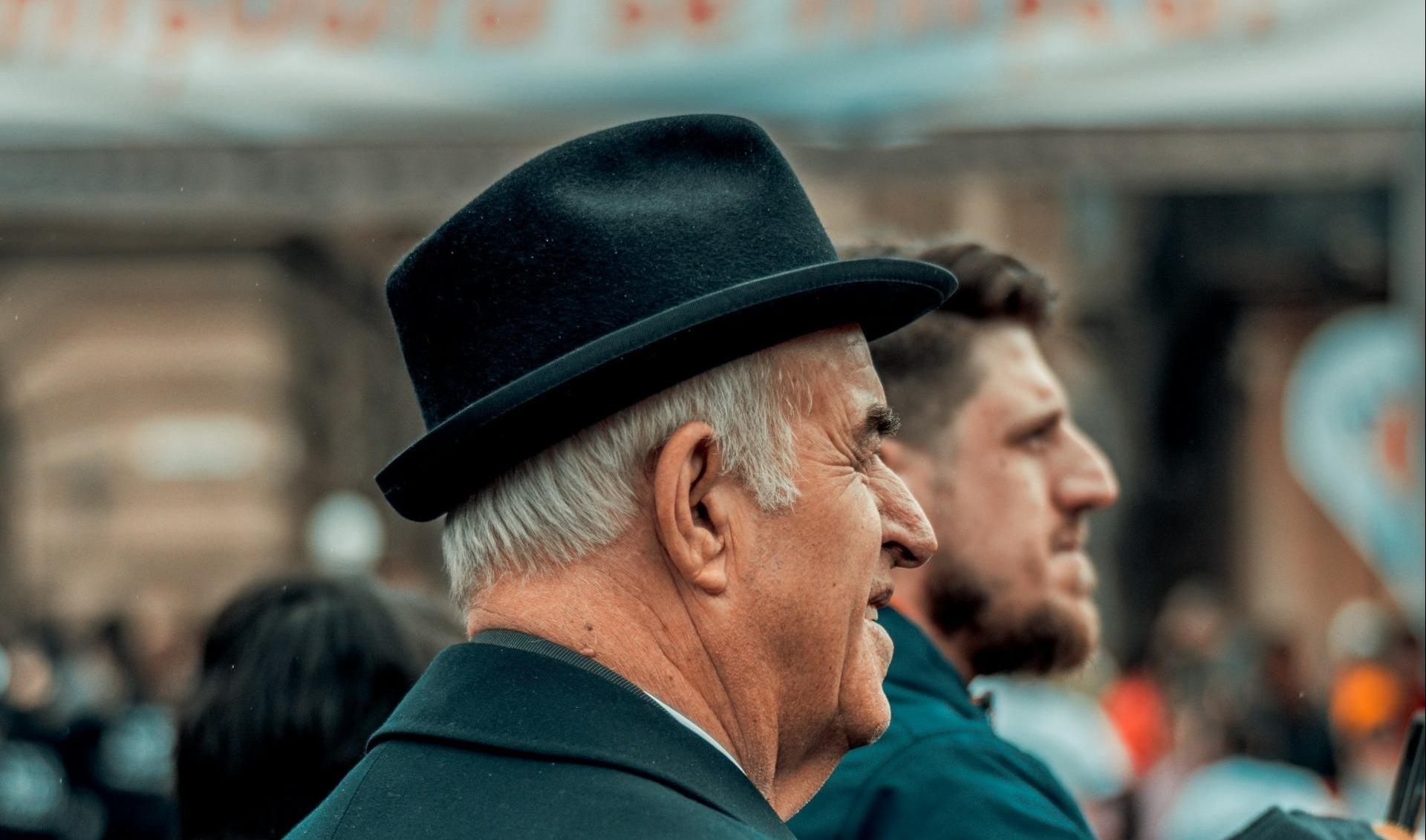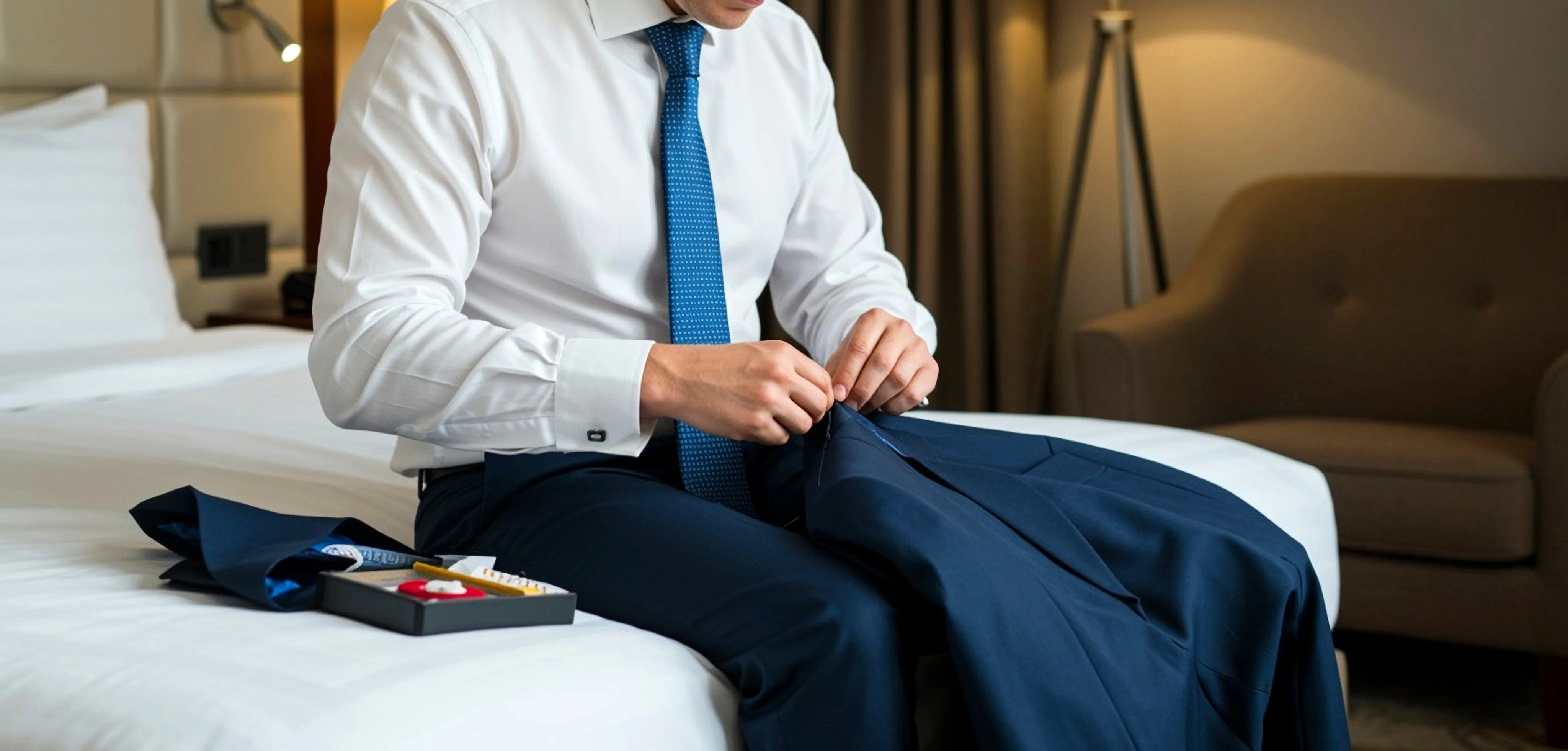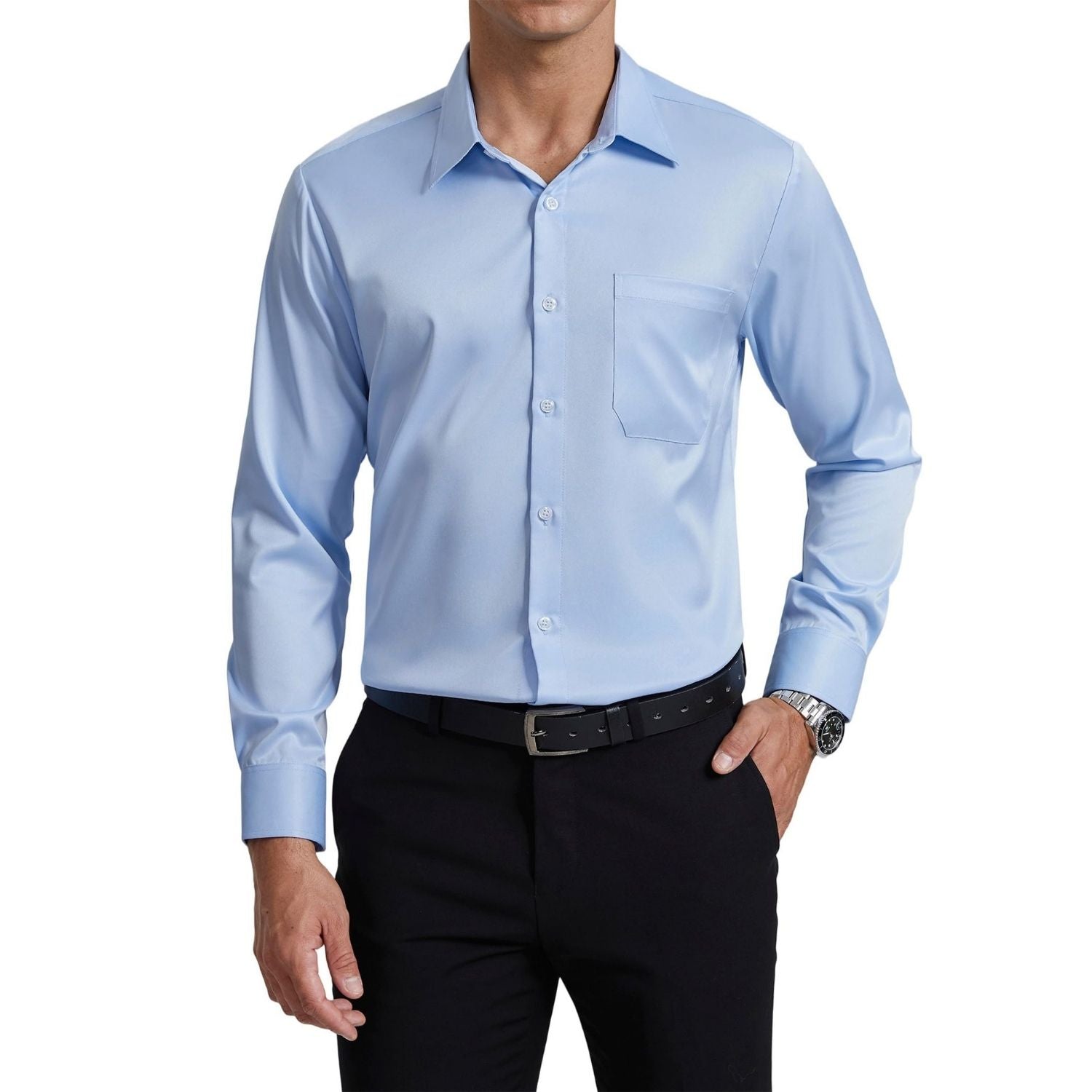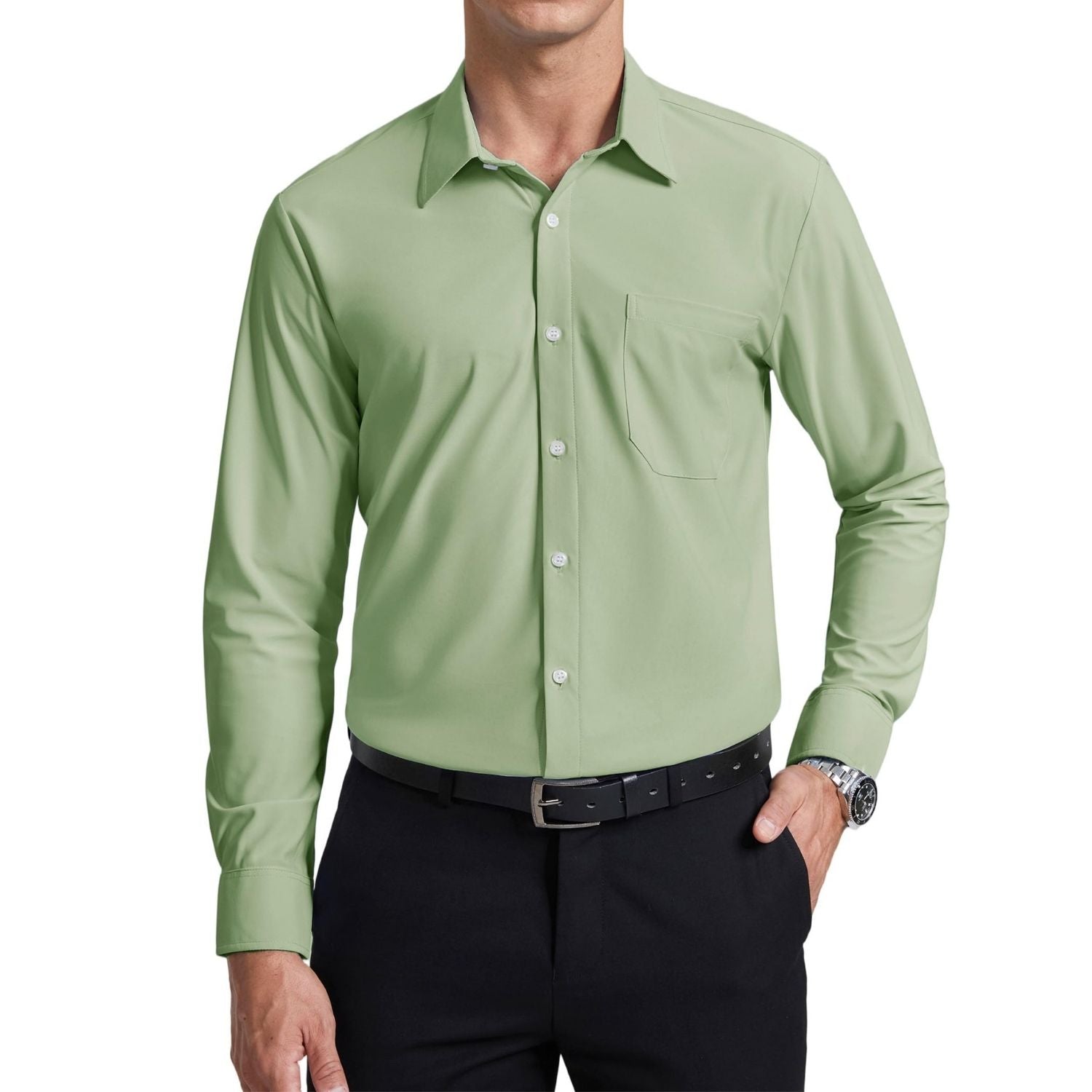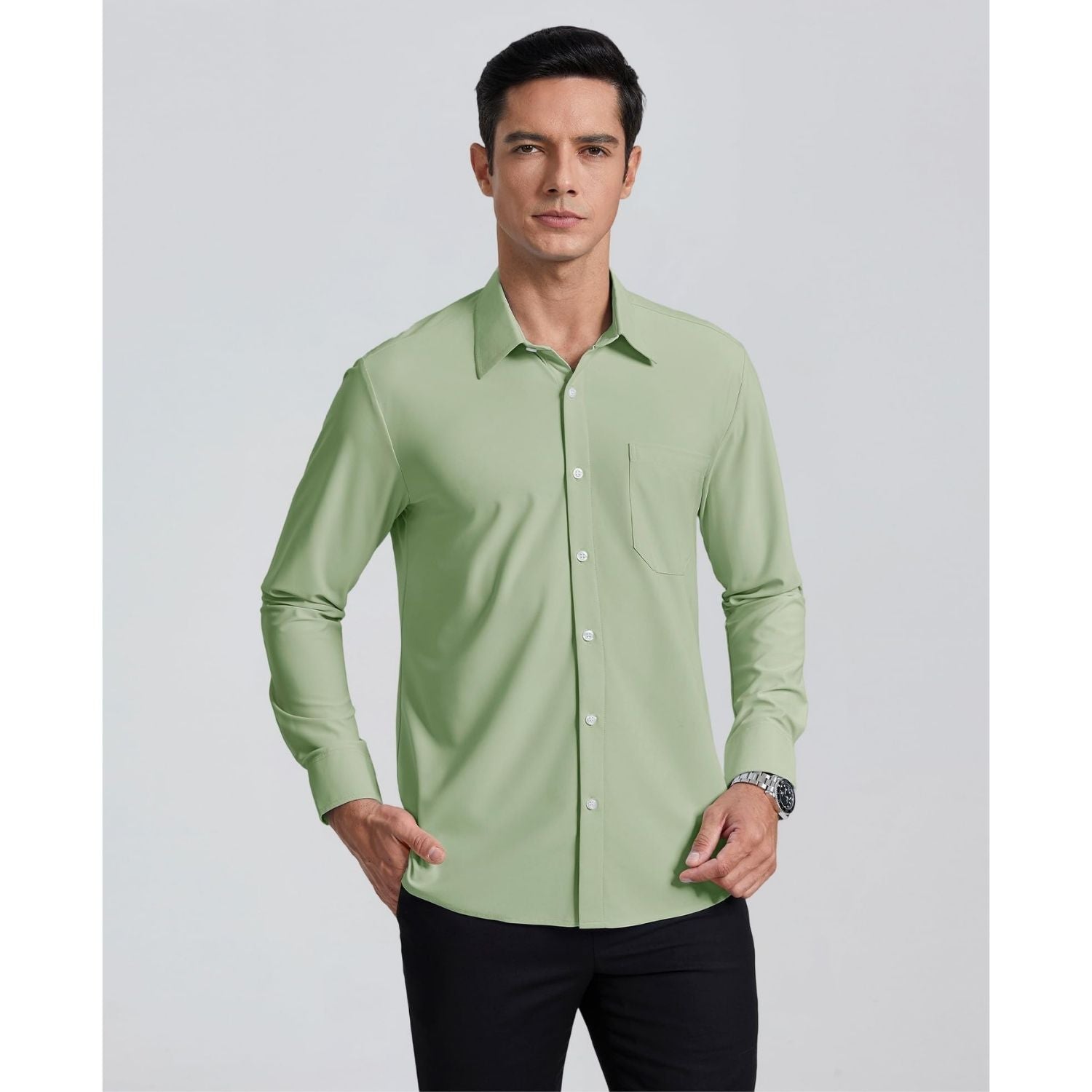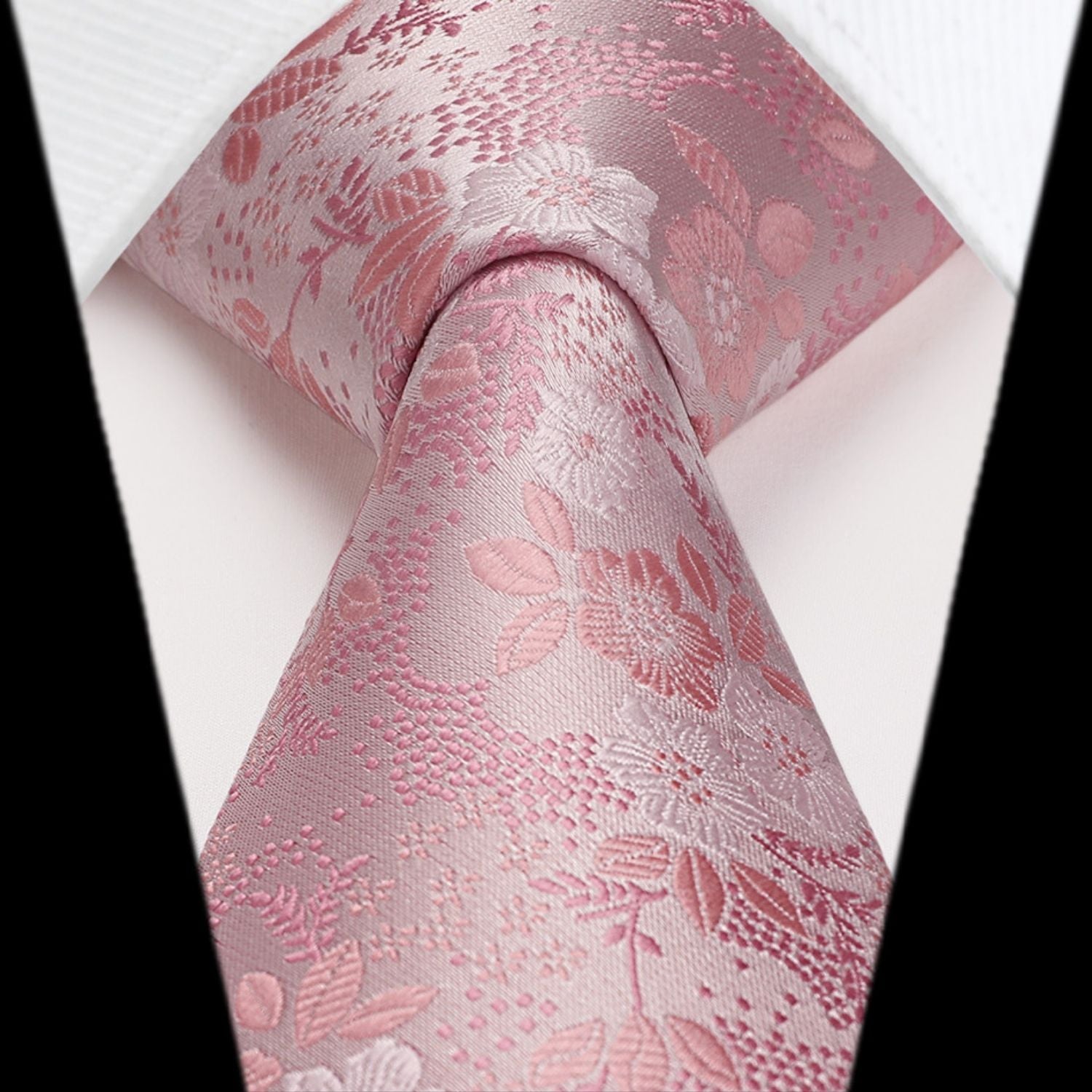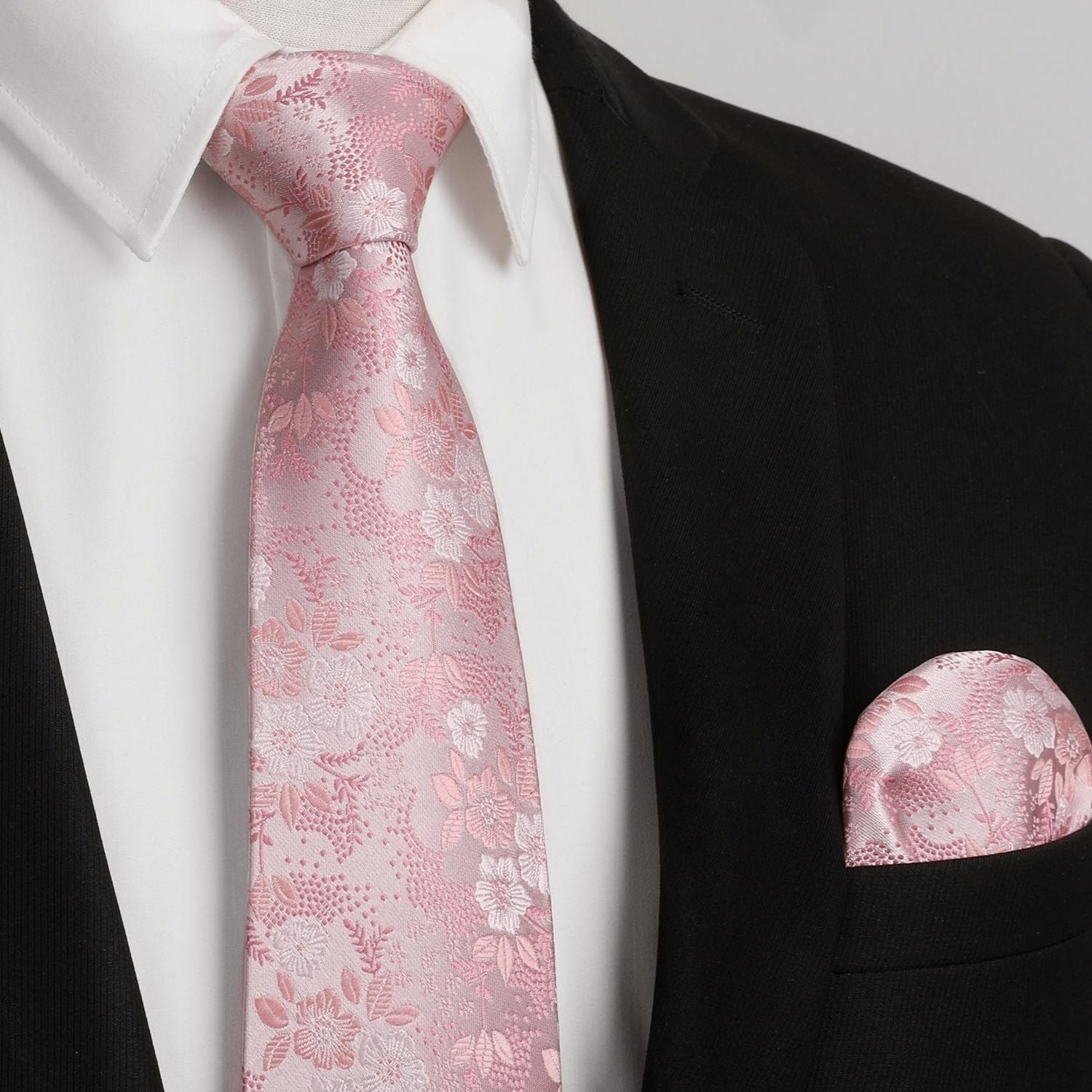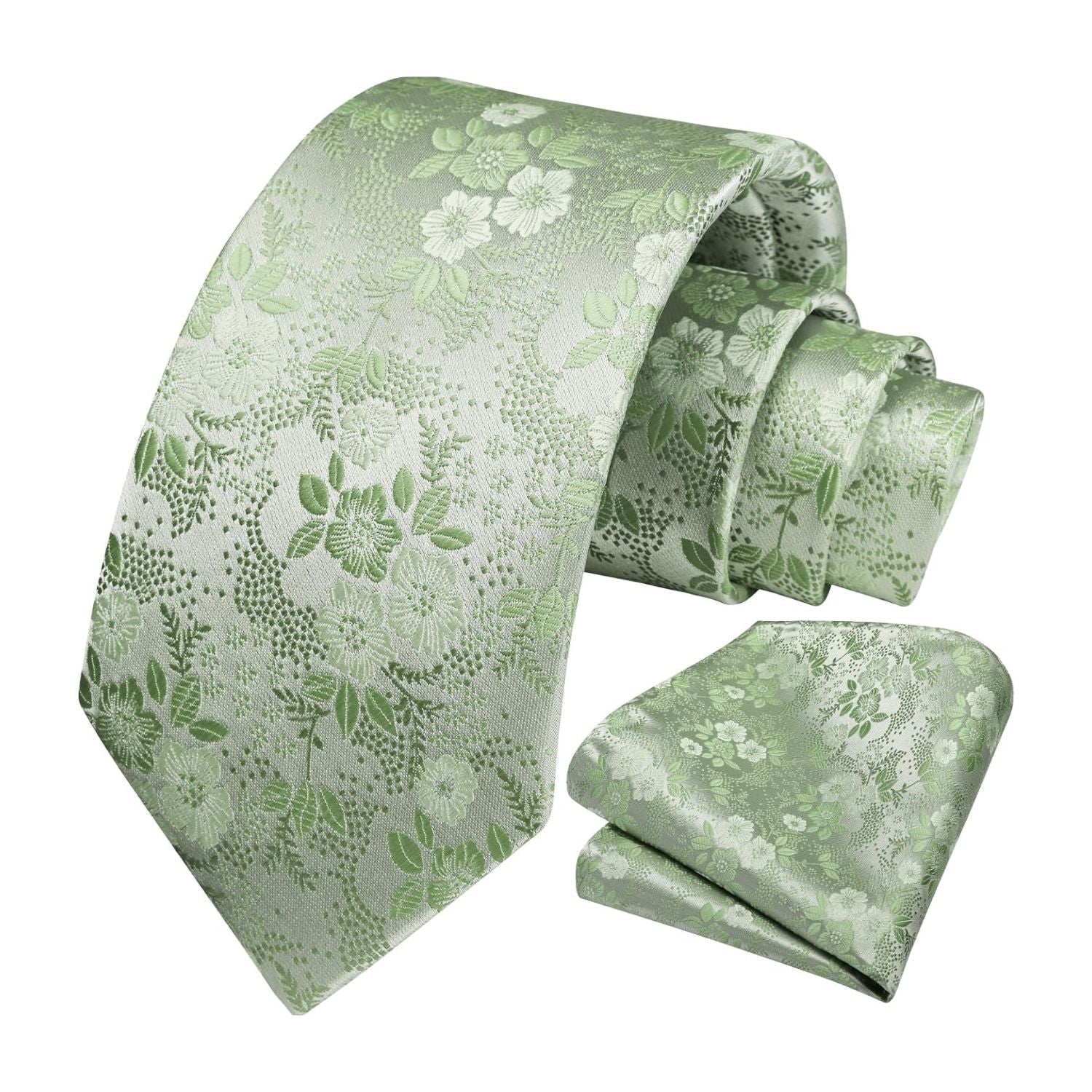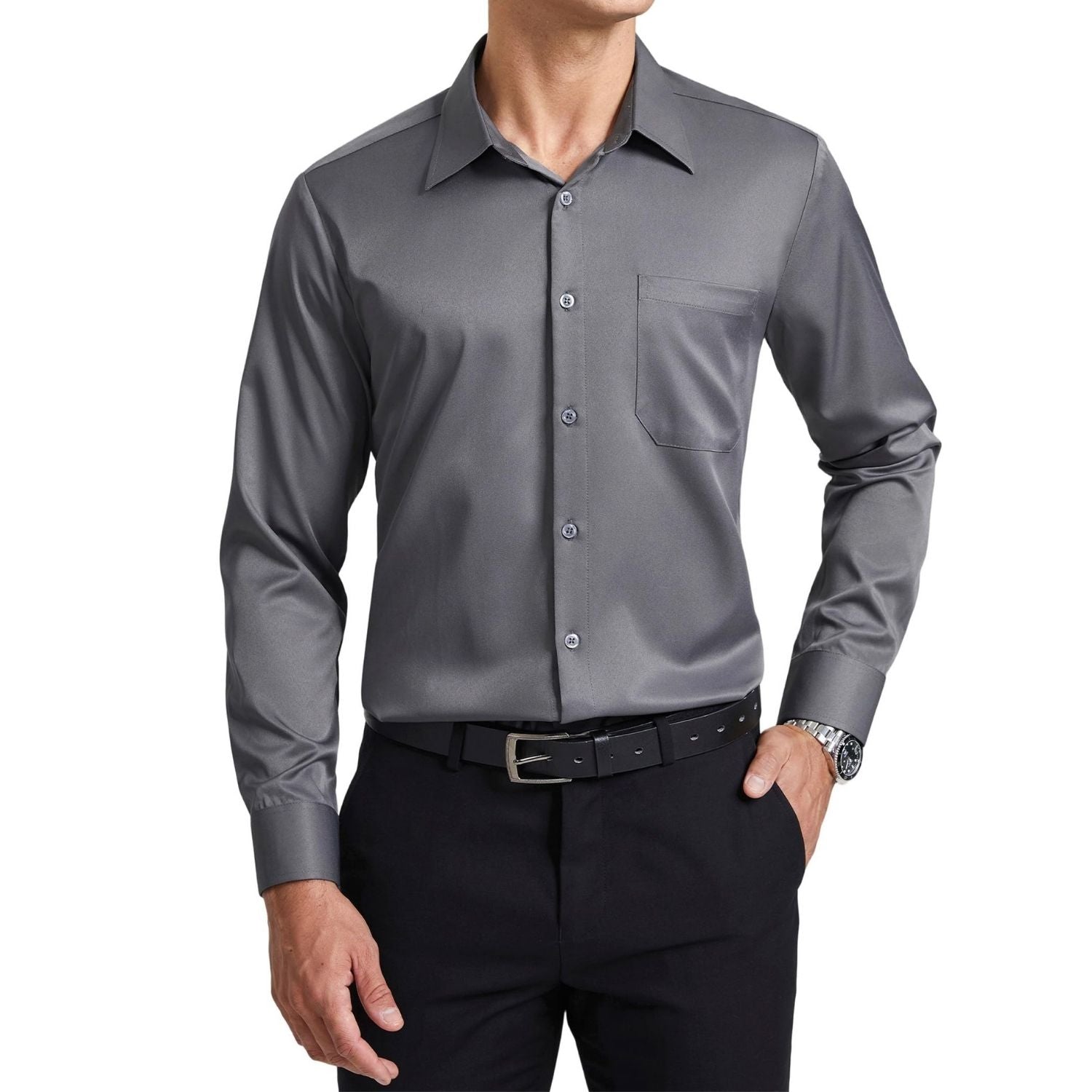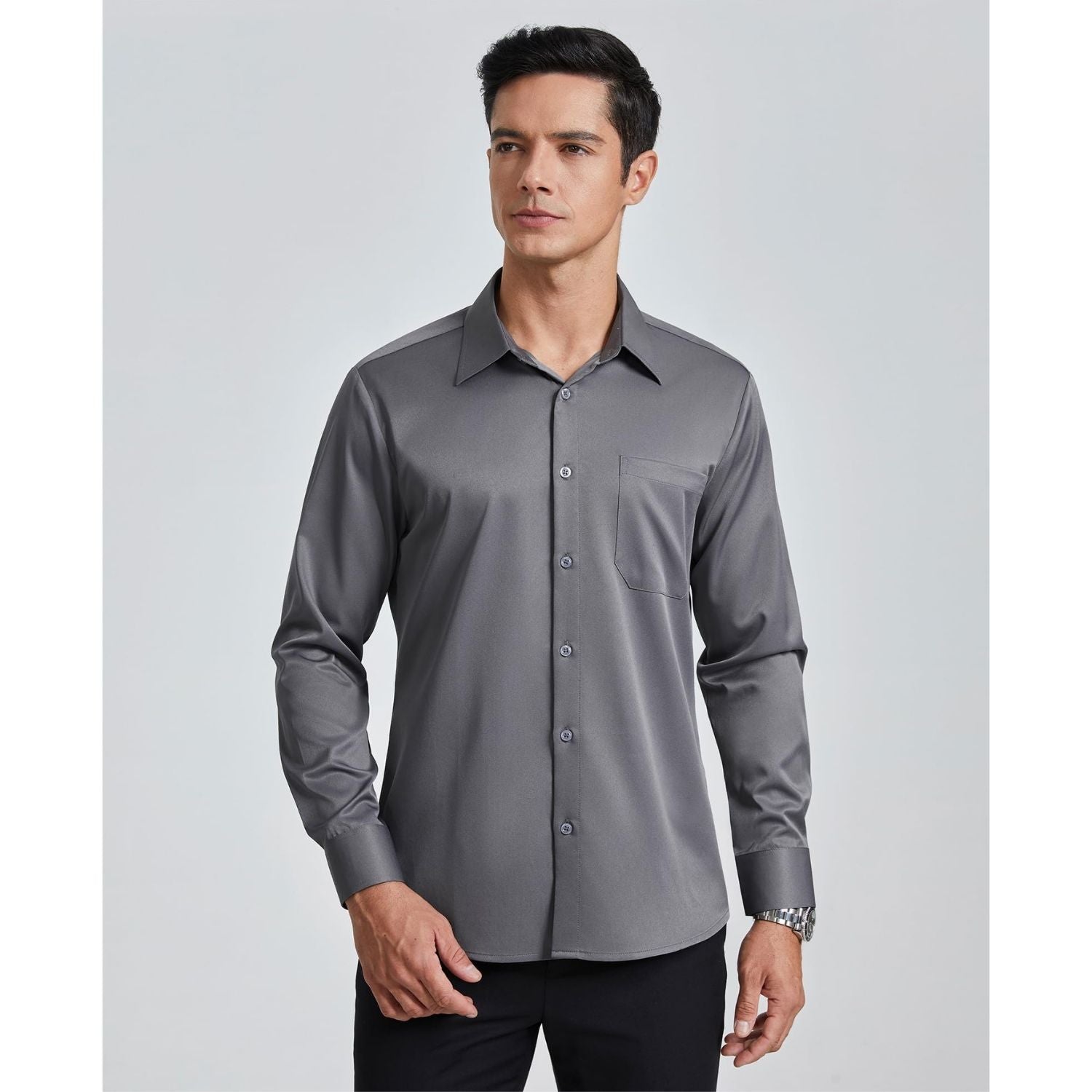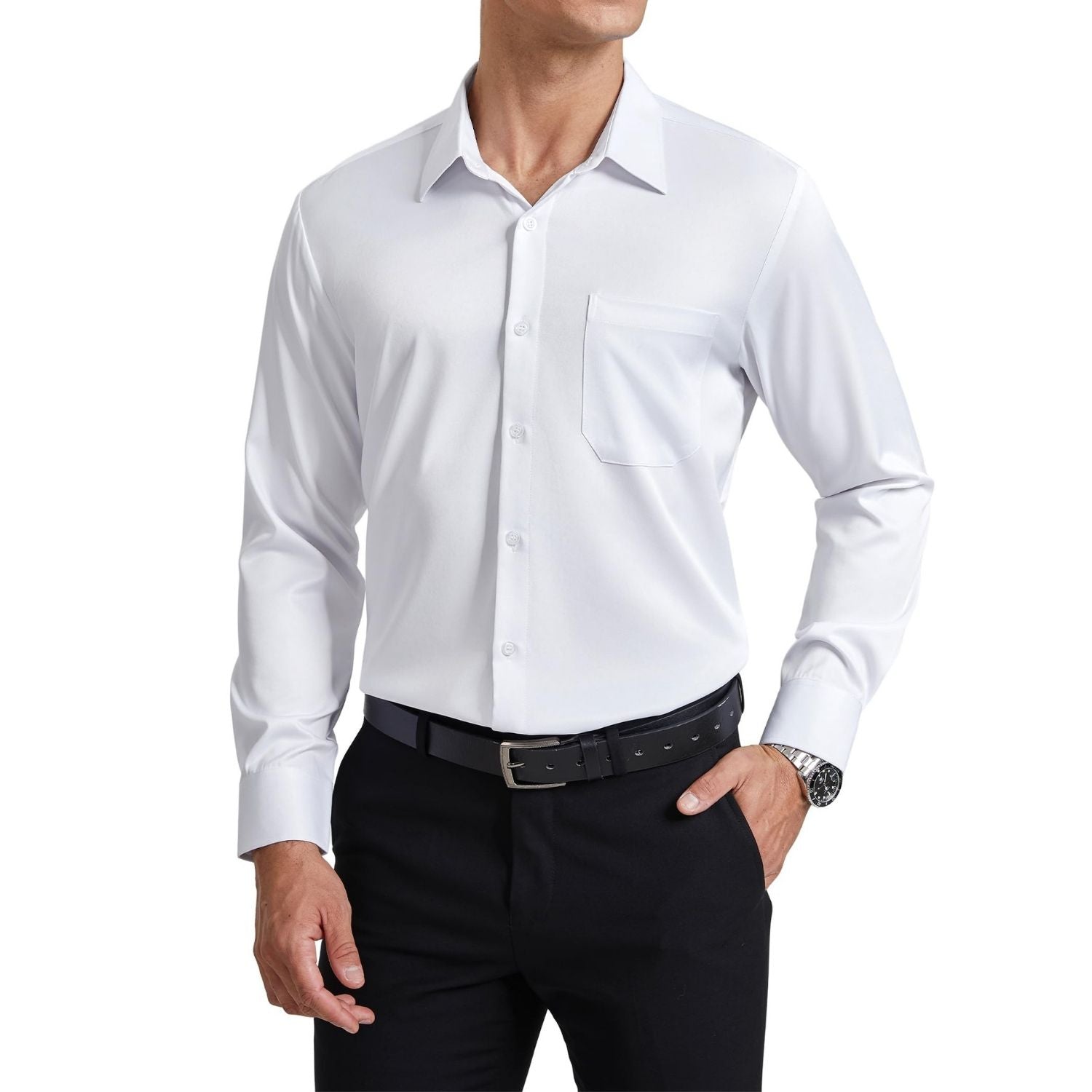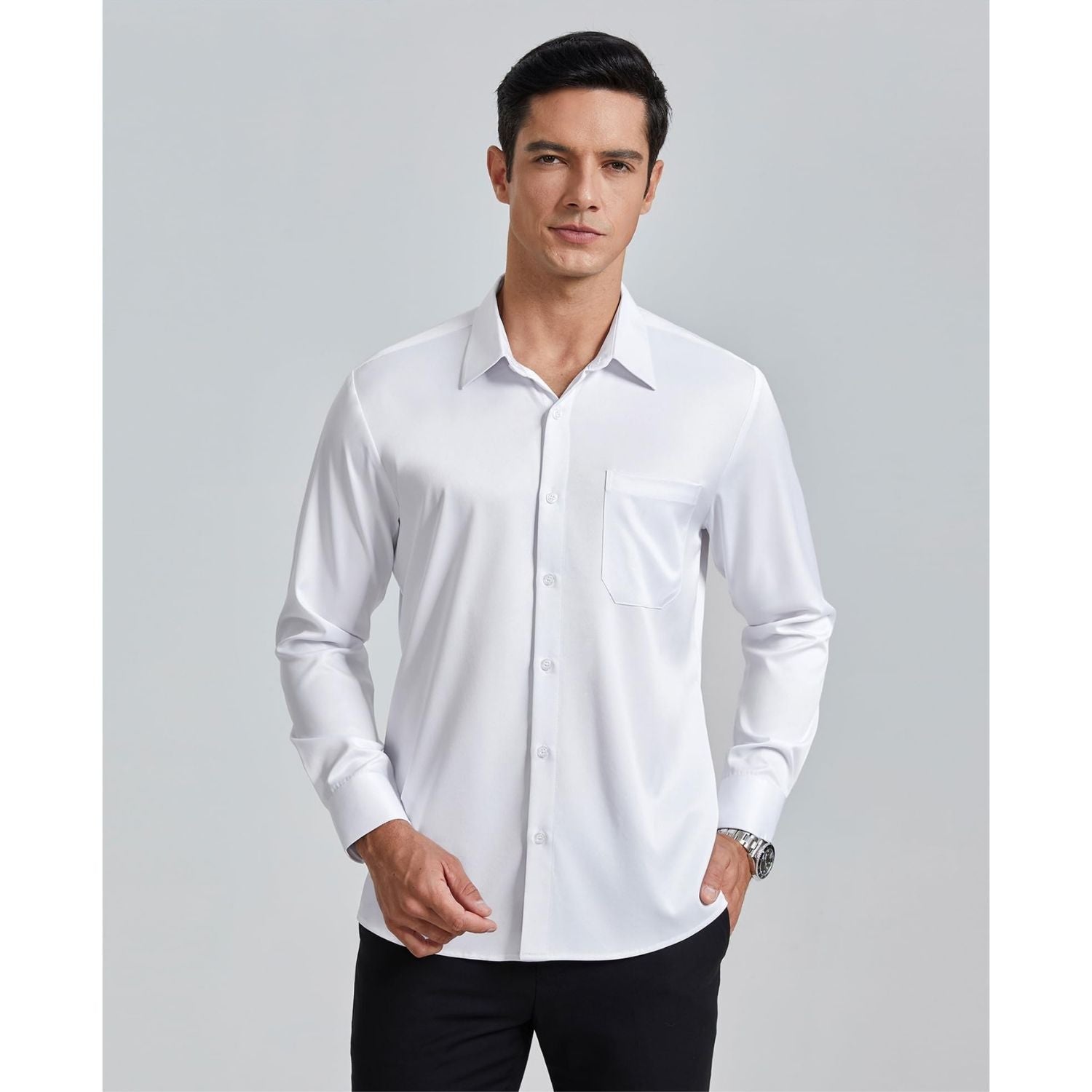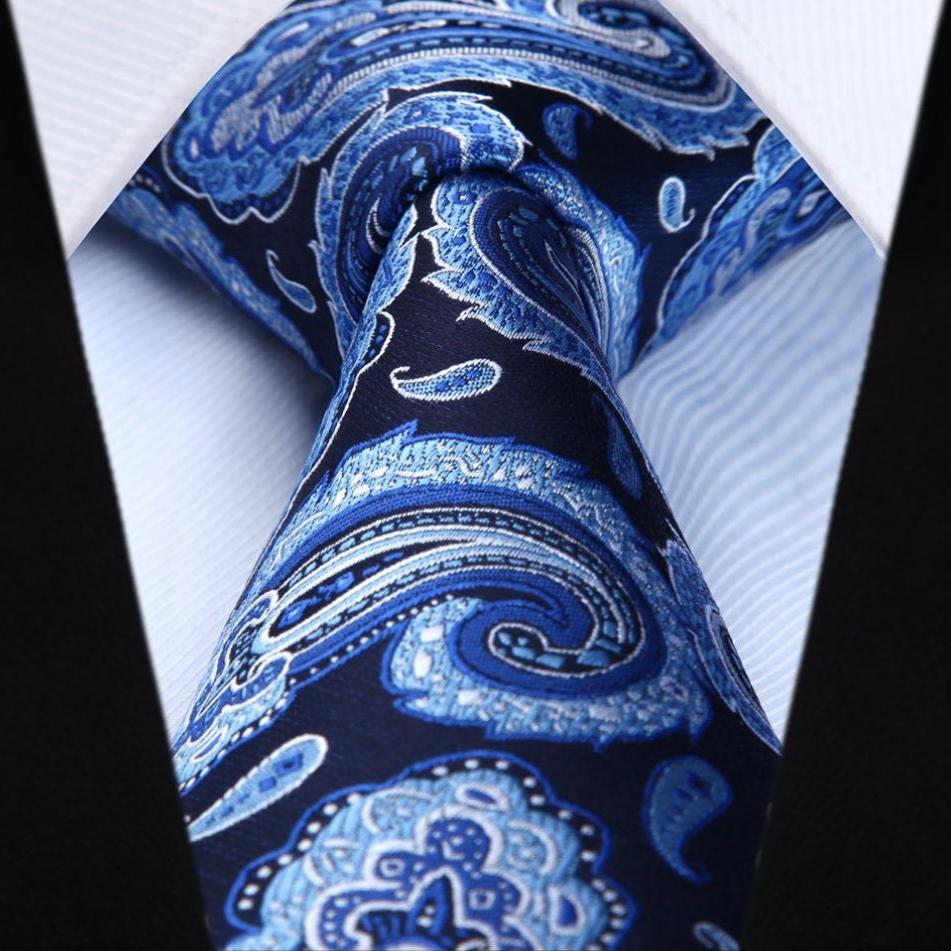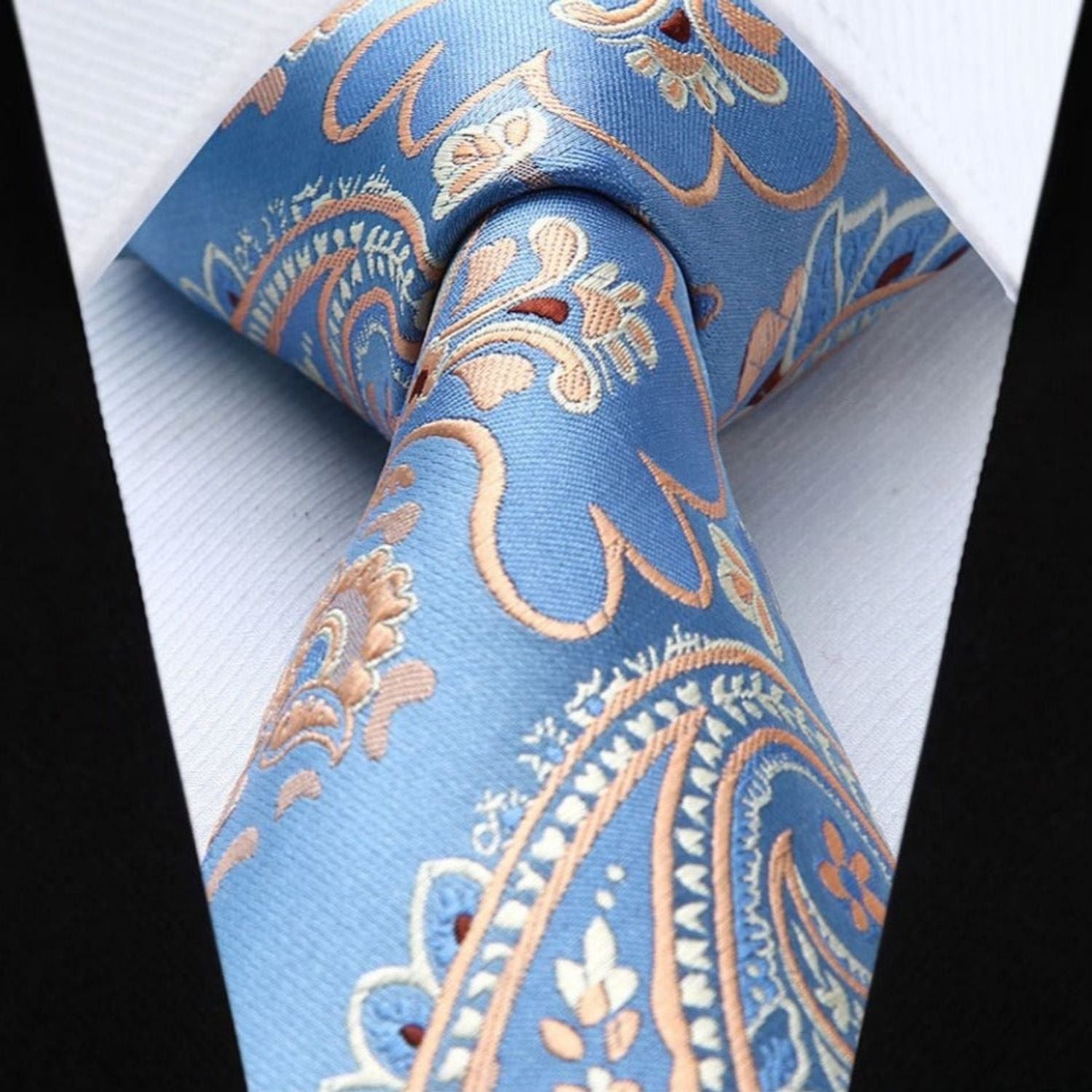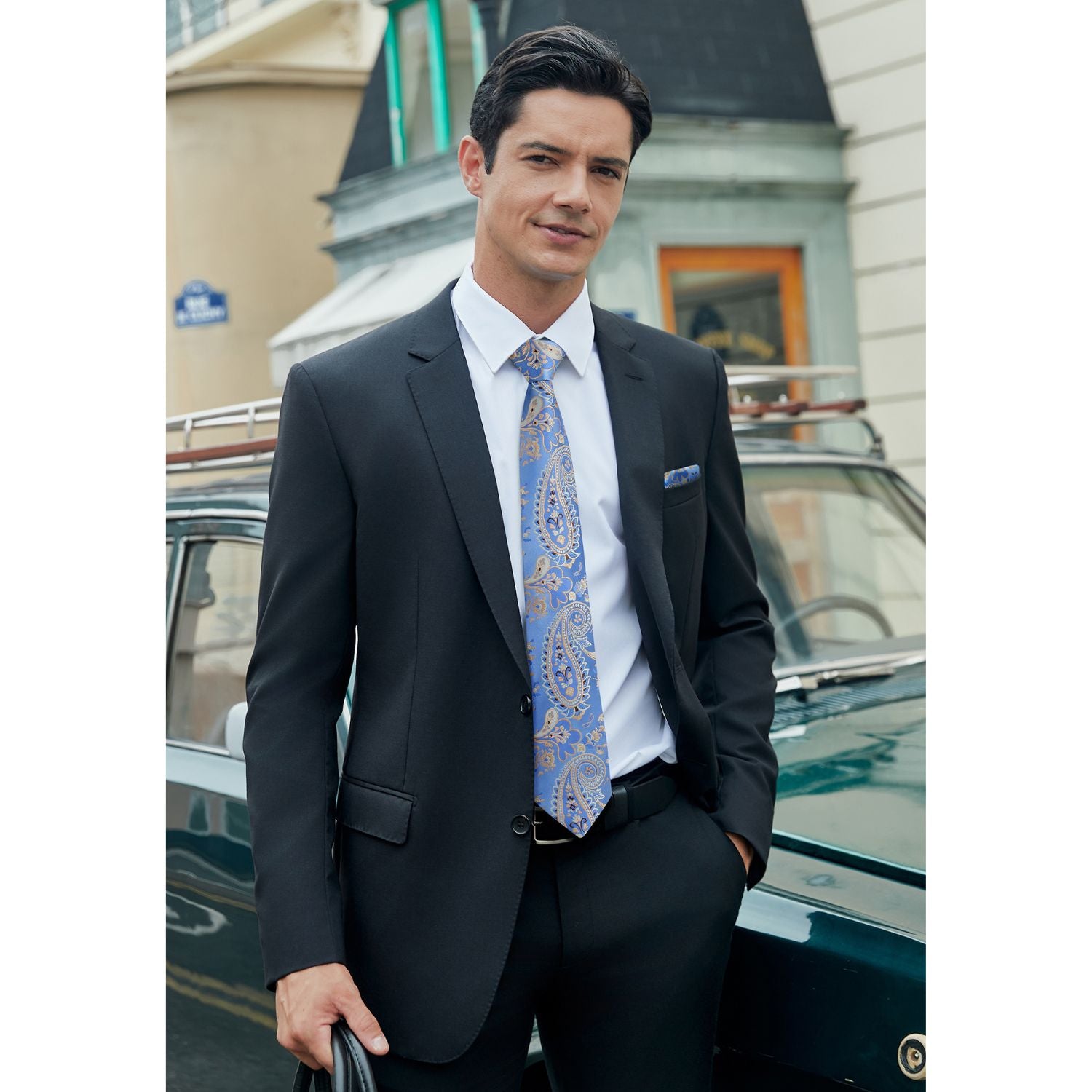Unleash Your Fashion Sense with Cufflinks: When and How to Wear Them
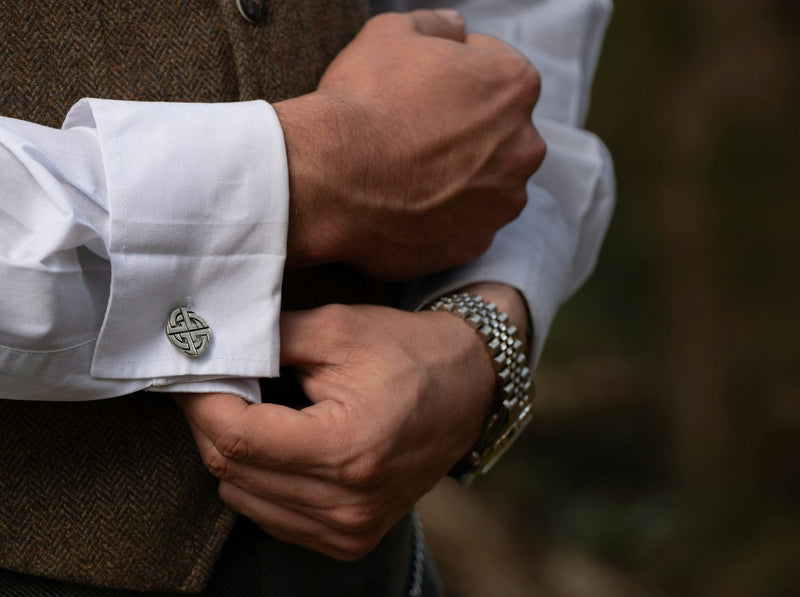
At Hisdern, we pay attention to detail. The quality of the fabric, the complexity of the pattern and the clever combination of accessories. All of these elements come together to create a sophisticated look, and a well-made look tells a story.
Sometimes, these accessories themselves carry their own story, just like a piece that has been passed down from generation to generation. Tie clips, monograms, family checks and of course cufflinks are often treasured and shared with sons, nephews and godchildren.
In this issue of Men's Topic, we will explore the small but mighty cufflink. Its popularity has risen and fallen over the centuries, but it has never disappeared from elegant occasions. We will explore the history of cufflinks and answer several common questions, including:
- What are cufflinks?
- What are the different types of cufflinks?
- How to wear cufflinks?
- When to wear cufflinks?

What Are Cufflinks?
Cufflinks hold the cuffs together. They are essential when the shirt cuffs do not have buttons (such as French cuffs), and they are also a good choice for shirts with variable cuffs.
The "front" of the cufflink is decorative, while the "back" is made up of various metal parts that close the cuffs, both fixing the front and connecting the cuffs together.
A Wide Variety of Cufflinks
Today, there are a dazzling variety of cufflinks on the market - most of which are hailed as jewelry for their gorgeous appearance and the precious metals and gemstones they are inlaid with.
-
Bullet Back Cufflinks
The most popular closure method, the bullet back cufflink, has a cylindrical metal piece on the back, which switches from a vertical position to a horizontal position to secure the cufflink when inserted into the buttonhole.
-
Whaleback Cufflinks
Whaleback cufflinks are similar to bulletback cufflinks, but the switching mechanism is more flexible rather than fixed. The cuffback can be any shape, and the cufflink stem can be tilted - like a whale's tail when it surfaces - rather than being at a right angle to the front of the cufflink.
-
Fixed-back Cufflinks
Fixed-back cufflinks, also known as fixed-rivet cufflinks, do not have any removable metal parts. This means that you need to manually hold the cufflink back in place as you pass it through the buttonhole. Some fixed-back cufflinks are reversible.
-
Ballback Cufflinks
Ballback cufflinks are similar to fixed-back cufflinks, but the metal parts are not removable. The difference is that fixed-back cufflinks have a straight cufflink stem and a free-shaped cufflink back, while ballback cufflinks have a curved stem and a spherical cufflink back.
-
Chain Cufflinks
As the name suggests, this type of cufflink has a chain connecting the front and back. Some people like this style because it fits looser on the wrist. Some chain cufflinks are reversible.
-
Silk Knot Cufflinks
Made from knotted silk threads, these cufflinks are slightly elastic and easy to wear and comfortable. Since they are made of fabric, they are available in a variety of colors, can be easily matched with other exquisite accessories, and are affordable. The only downside is that they are not as durable as metal cufflinks.
-
Snap Cufflinks
Snap cufflinks feature a cuff that snaps together the front and back of the cuff to fasten the cuff. This fastening style is usually only seen on vintage pieces.
-
Lock Cufflinks
Newer are the lock cufflinks, which cleverly fold over as they attach to the cuff and then lock into place. The mechanism is similar to a watch, and the effect is sleek and modern.
-
Wrap Cufflinks
Wrap cufflinks are designed differently than the other types listed here, making them more eye-catching than their counterparts. Instead of having the front of one side of the cuff and the back of the other, these cufflinks wrap around the fabric on the outside of the cuff. Modern wrap cufflinks come in a variety of materials, from leather and traditional fabrics to wood and recycled fabrics like fire hose!
A Brief History of Cufflinks
Cufflinks first appeared in fashion in the early seventeenth century during the reign of Louis XIV of France. The earliest cufflinks were chain designs, featuring silver, gold, gemstones, and intricate engraving, making them exclusive to the wealthy and elite. They were initially used in place of buttons, and are sometimes referred to as cufflinks.
However, by the eighteenth century, cufflinks became more accessible and more popular as manufacturers introduced cufflinks made of enamel, glass, and inlaid with semi-precious stones.
With the rise of the Industrial Revolution, production processes became more efficient and affordable, and cufflinks became a must-have for well-dressed gentlemen. Cufflink patterns at the time were inspired by nature, art, and history.
As the early twentieth century approached, the chain design was replaced by more secure and reliable fastening methods, similar to the modern bullet back and whale back.
At the beginning of the century, designs were simple and understated, and the value proposition shifted from decoration to craftsmanship - until the "Roaring 20s", when the Art Deco trend took hold. This era saw contrasting colors, geometric patterns, technological themes (such as airplanes, cars, and skyscrapers), and even cufflinks made of Bakelite.
As time goes by, men's fashion has changed dramatically, and suits are no longer the favorite for daily wear, cufflinks have also lost their luster.
Today, cufflinks are usually only used for formal occasions. Even so, some well-dressed and creative men will choose French or multi-purpose cufflinks to suit their preferences in the workplace.
Modern cufflinks are made of a variety of materials, including traditional metals, carbon fiber, titanium and industrial metals. Cufflinks will never go out of style.
When to Wear Cufflinks
When should men wear cufflinks? As mentioned above, it’s all about personal preference, but cufflinks are almost ubiquitous for formal and semi-formal occasions.
Formal Occasions
Cufflinks are a must-have for both black tie and white tie occasions. Formal occasions are usually worn with a tuxedo, and of course, a tuxedo shirt, so cufflinks are essential. White tie occasions are often paired with mother-of-pearl earrings, while black tie occasions tend to be more about precious metals and exquisite accessories such as diamonds, pearls or gemstones.
Semi-Formal Occasions
Cocktail parties, high-end dinners, social gatherings and weddings usually require semi-formal attire, which means matching a suitable suit and bow tie or tie. You have the freedom to choose from a variety of cufflink designs, colors and materials (such as stainless steel, enamel, and even fabric).
Business Occasions
Like bow ties, cufflinks are not standard for business professional occasions, but they can certainly add a touch of sophistication and uniqueness to your outfit. The professions where cufflinks are most commonly seen in the workplace are certain areas of medicine and law. In general, choose classic silver or gold designs and avoid cufflinks that are too flashy or novel.
Casual Occasions
If you like to wear delicate accessories in casual occasions, consider wearing cufflinks to enhance your outfit and show your unique taste. Choose a more casual cufflink style, such as leather, wood, or ones with interesting or meaningful patterns.
How to Wear Cufflinks
1. Choose the Right Shirt
Cufflinks can only be worn with French cuffs or convertible cuffs. French cuffs are double-layered, fold back, and can only be fastened with cufflinks. Convertible cuffs can be worn with cufflinks or buttons.
2. Match Your Cufflinks
When choosing cufflinks, consider the color, style, and formality of your outfit. Make sure your cufflinks complement, rather than clash with, your bow tie, pocket square, or other accessories.
3. Fasten Your Cufflinks
Unless you're going for a more casual look, always fasten your cufflinks. Flip your cuffs back to the back of your shirt, align the buttonholes on both sides of the cuff, pinch the sides of the cuff together, and thread the cufflinks through the buttonholes. Fasten your cufflinks to make sure they're secure.
4. Show Your Cufflinks
When wearing cufflinks, make sure your jacket sleeves are the right length. Leaving about half an inch of your shirt cuff showing will better show off your cufflinks and add a touch of color to your overall look.
Need ideas, inspiration, and other essential how-tos? Spend some time with our Men's Topic across our blog, and check out our Instagram, Facebook and YouTube feeds.

